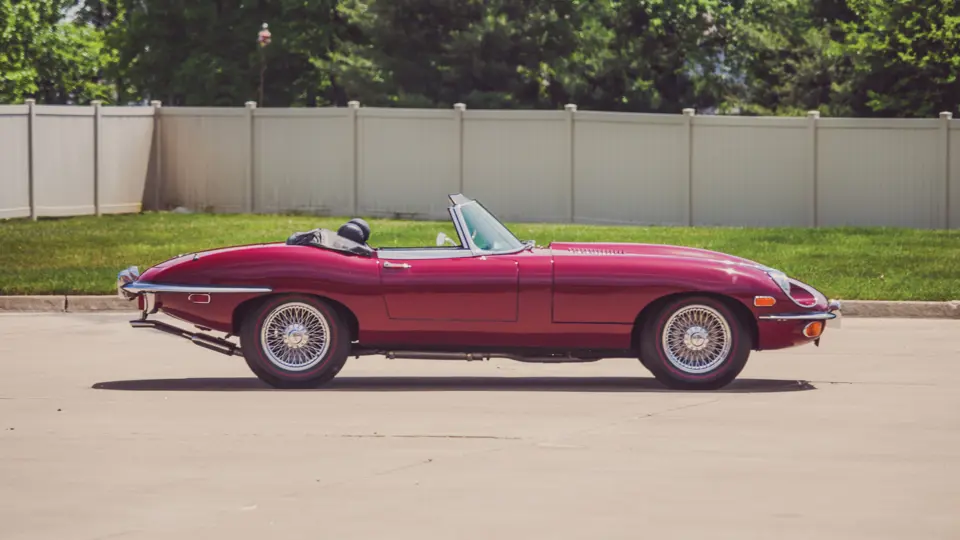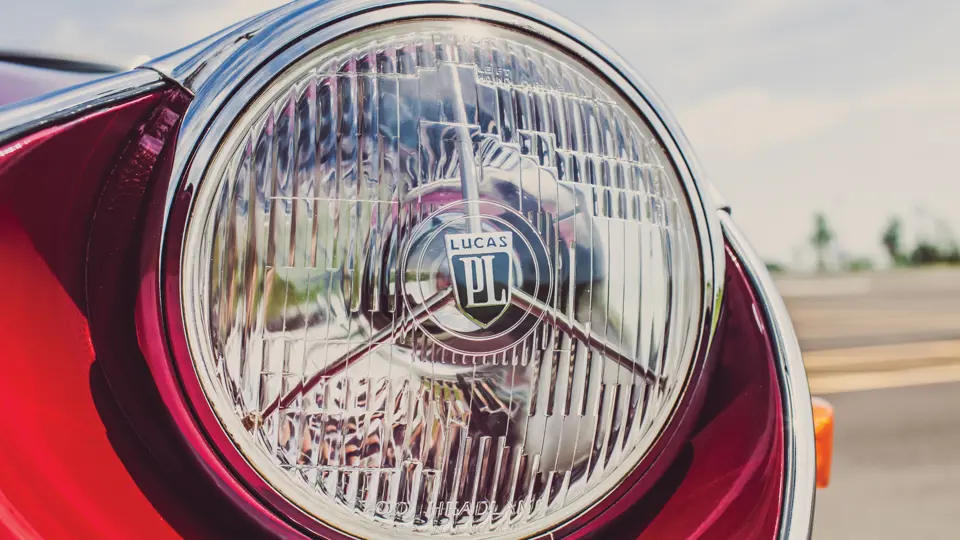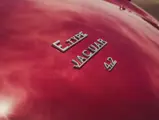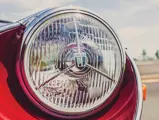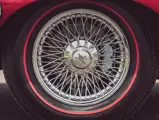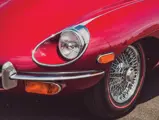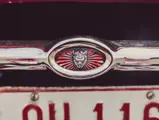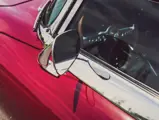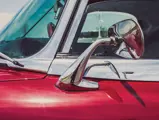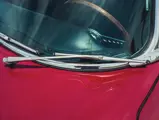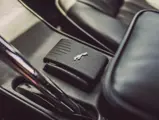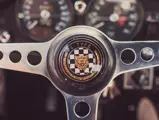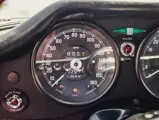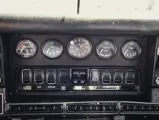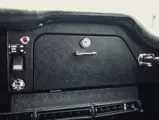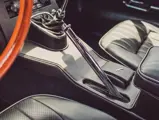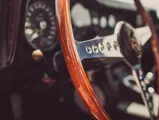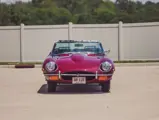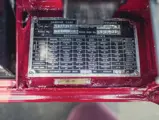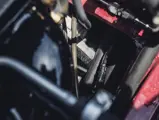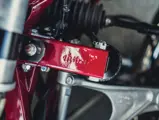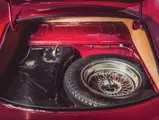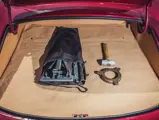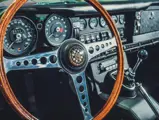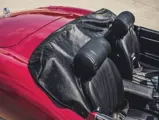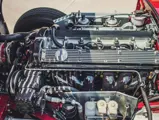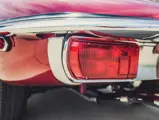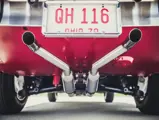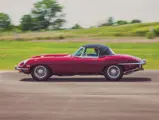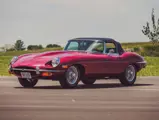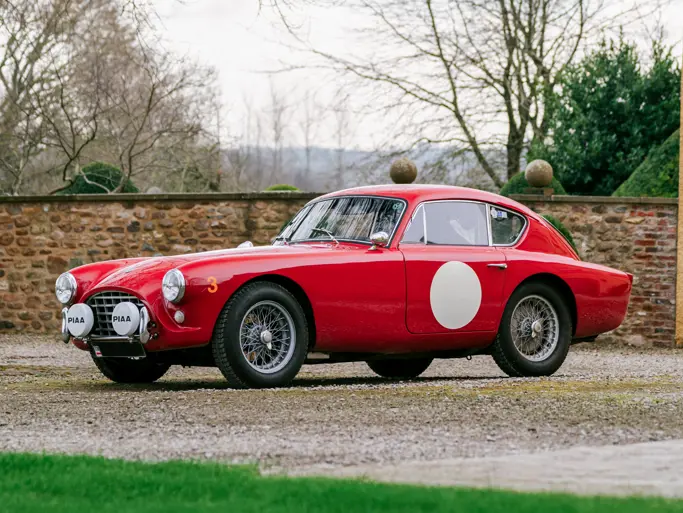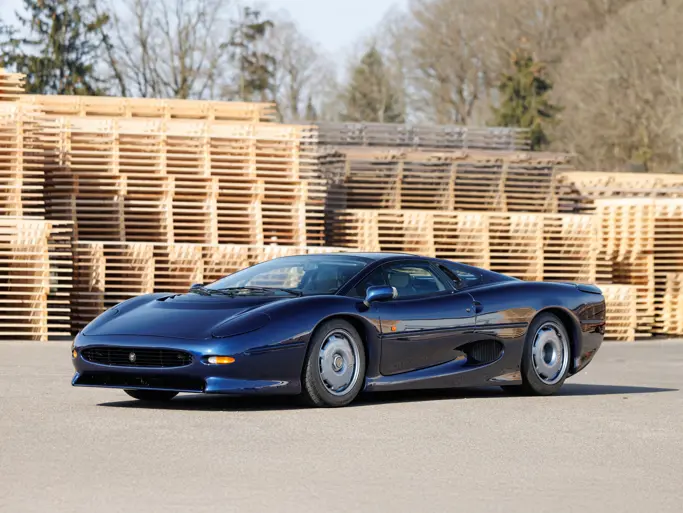246 bhp, 4,235 cc overhead-camshaft inline six-cylinder engine, four-speed manual transmission, torsion bar independent front suspension, coil-spring independent rear suspension, and four-wheel hydraulic disc brakes. Wheelbase: 96 in.
Jaguar’s E-Type debuted to universal applause at the March 1961 Geneva Motor Show, but despite its enormous popularity, the car had a number of shortcomings. The transmission, while sturdy, had an unsynchronized first gear; the seat backs were non-adjustable, which was fine for short trips but tiring on a long journey; and the cooling system was marginal in some of the warmer American climes.
For 1965 these drawbacks were addressed: The gearbox was given full synchros, and the seat backs were made adjustable. The brushed aluminum trim in the cockpit gave way to molded plastic and leather, and a new brake booster was adopted. The engine was enlarged to 4.2 liters, which resulted in greater torque and made for better tractability in traffic situations.
As United States motor vehicle safety and emissions regulations tightened, further changes were made to the E-Type. The covered headlamps were replaced by open lights, and other lighting was relocated and made larger. The switchgear was replaced with rocker-type units, and other revisions were made for convenience and safety.
This Series 2 Roadster has a fully documented history from its time of manufacture. It was completed on October 27, 1969, and was shipped to the British Leyland distributor in New York. After being consigned to Raymond Imported Motors in Cincinnati, Ohio, it was sold to Dr. Harold Kelso, of Dayton, Ohio, on February 12, 1970. The car, finished in Regency Red, had a black interior and convertible top and was fitted with the optional Delanair air-conditioning system and factory wire wheels.
Dr. Kelso kept the car for nearly 15 years, selling it to his friend and fellow Dayton resident George Monington in 1984. Mr. Monington enjoyed the E-Type until declining health led him to relinquish it into new stewardship. Not long before selling it, he had the car mechanically refreshed, as well as the brakes and exhaust, and the head and valves were reconditioned. A new, correct black leather interior was also installed, along with a new top.
The current owner acquired this car in 2012 and has since brought it to superb condition.
Although the body was generally in good original condition, there was some minor corrosion in the floor panels. This led to a full body-off restoration and a complete repaint in correct Regency Red. In addition to the original floor, which was repaired and re-welded, the car also retains its original sheet metal, and the brightwork is in original and very good condition. New carpets were also installed, as well as interior Endura panels in the luggage compartment and interior. While the car was apart, the engine and its compartment were thoroughly detailed.
The car shows fewer than 33,000 documented miles and is accompanied by several volumes of records, invoices, and photographs since the day of delivery. Included therein are the original owner’s manual, service booklet, sales brochure, and instructions for the air conditioning. There are receipts for more than $100,000 in maintenance and restoration work and a full photo album of the restoration itself. There is also a Jaguar Daimler Heritage Trust Certificate that attests to all its correct matching numbers.
If one is in the market for a fully documented, date-coded Series 2 Open Two-Seater, look no further.





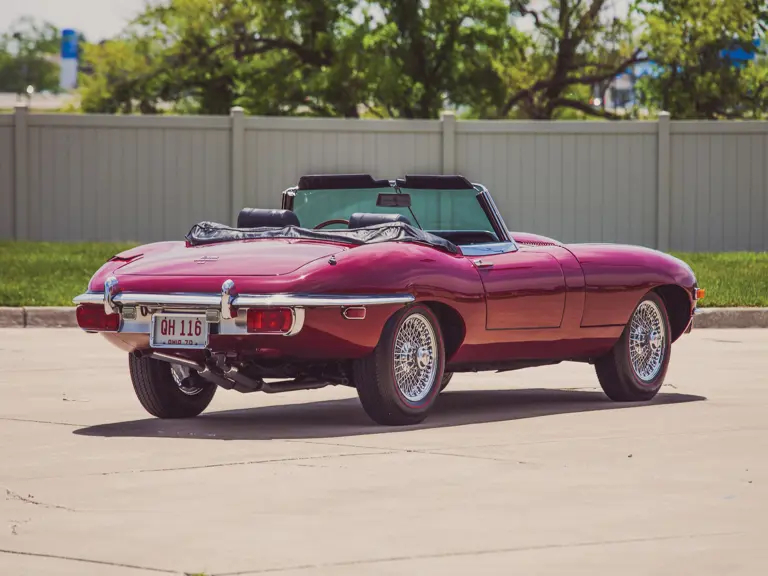
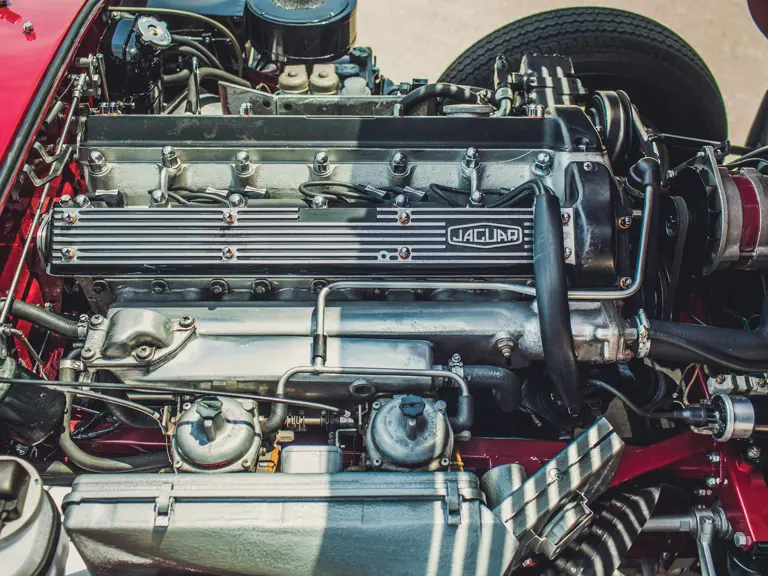
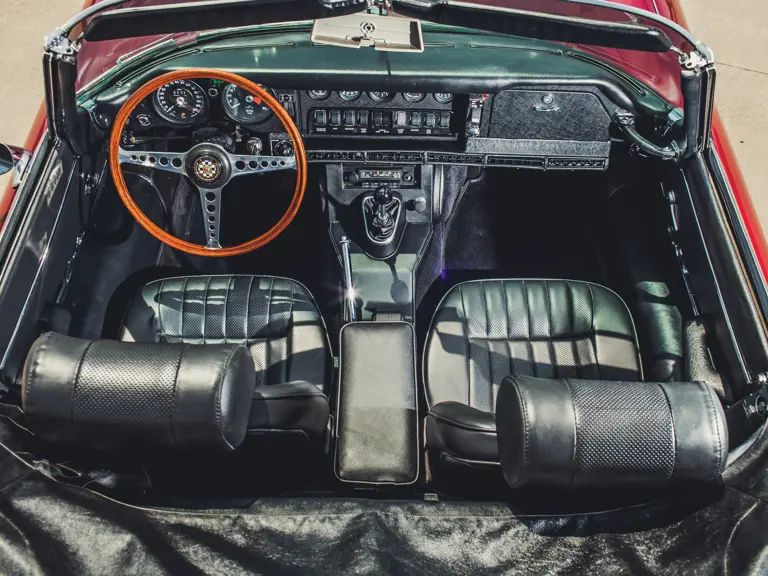

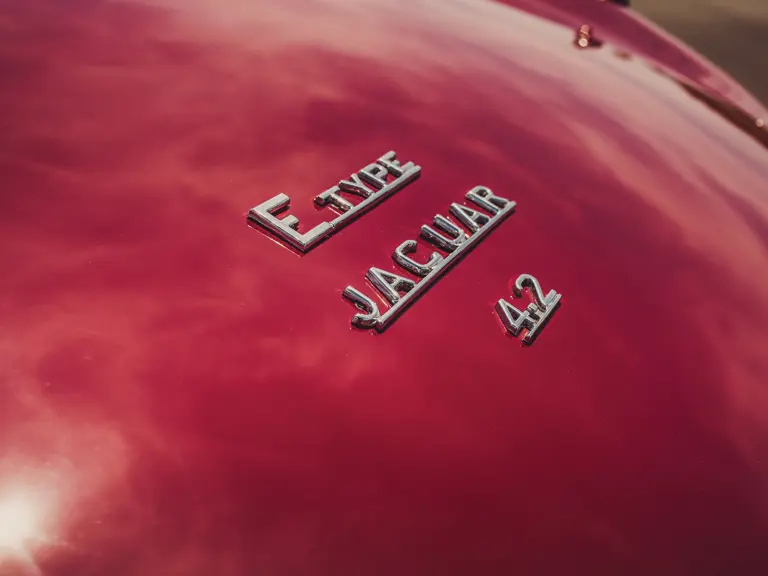
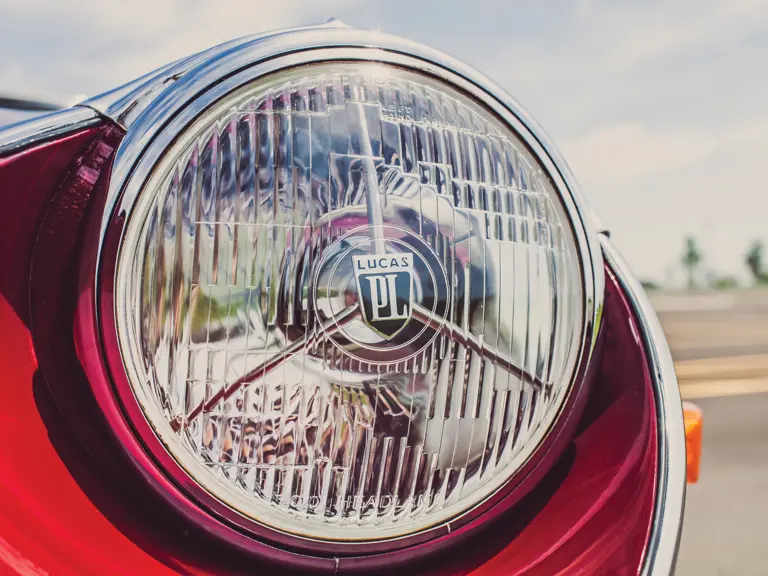
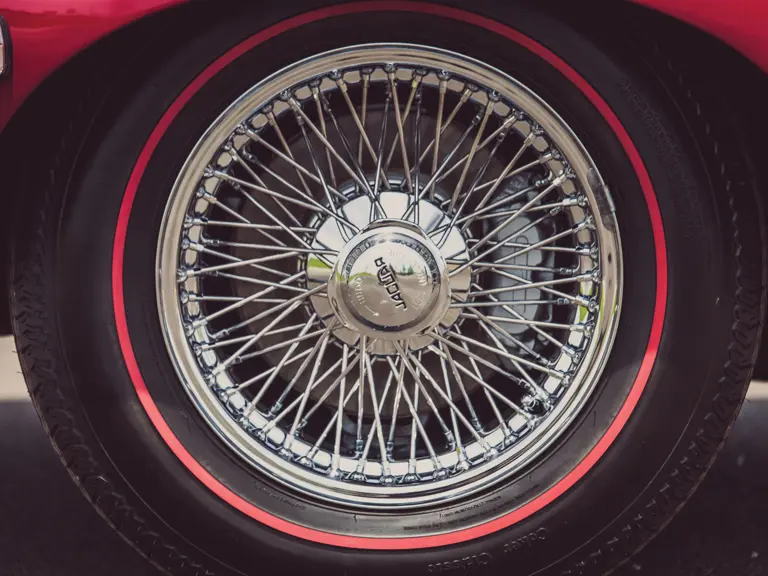

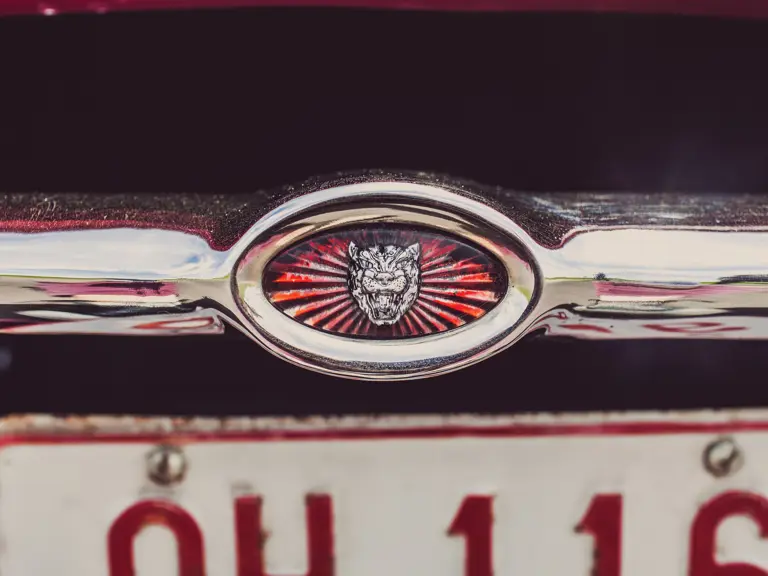


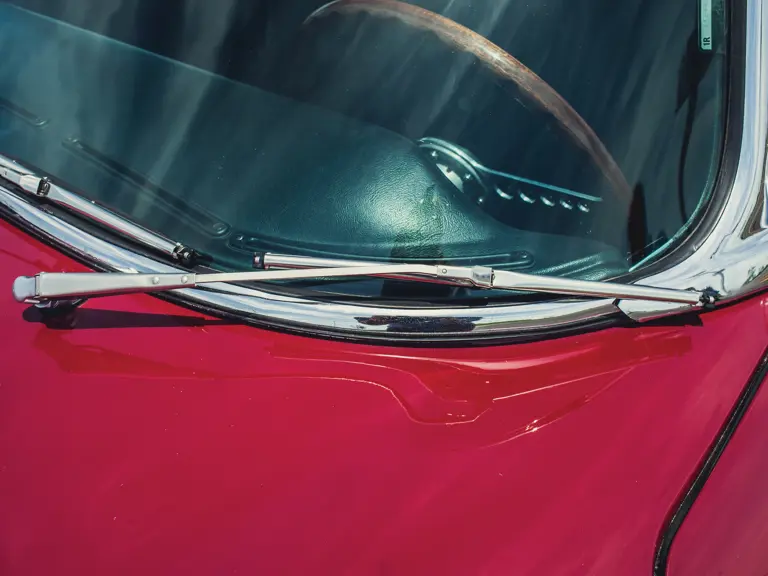
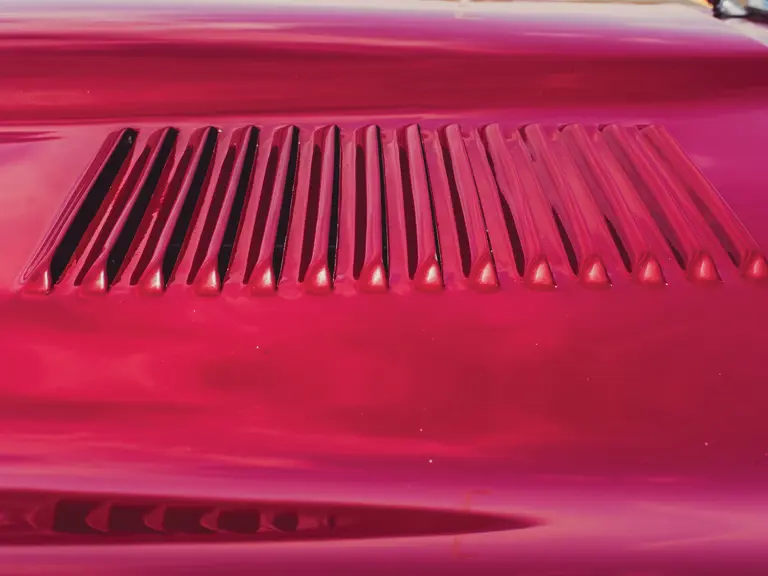
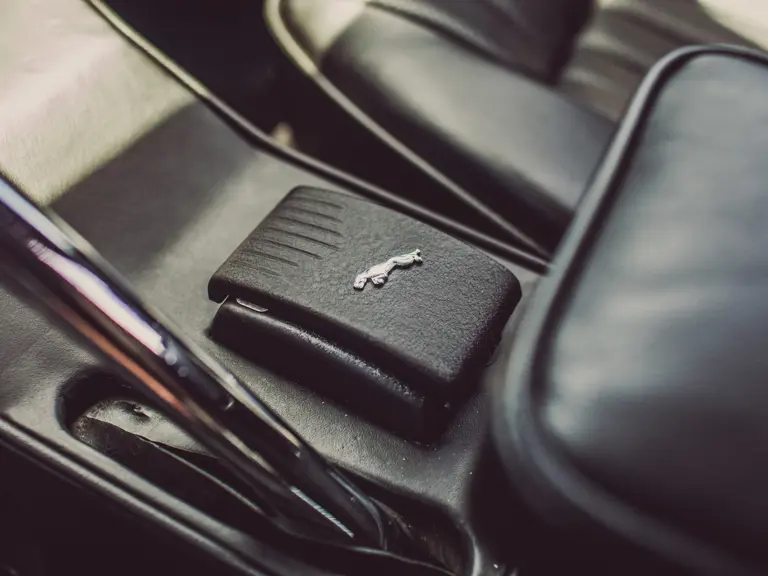
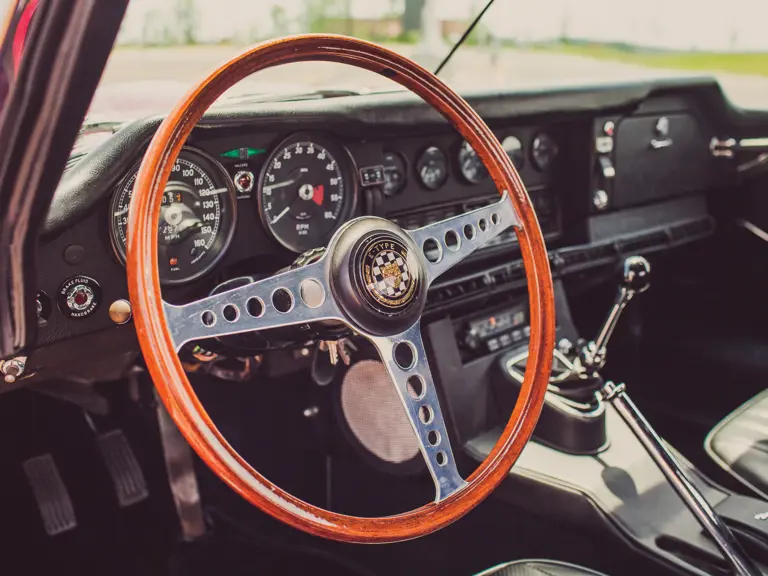
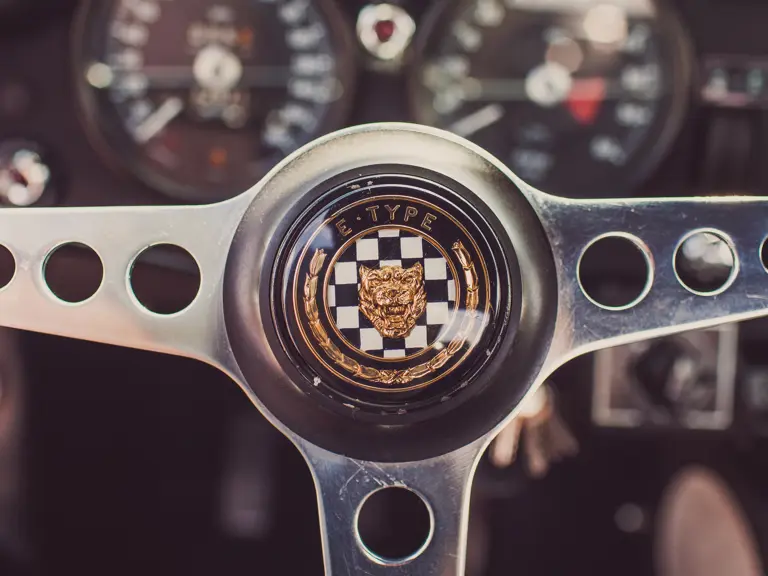
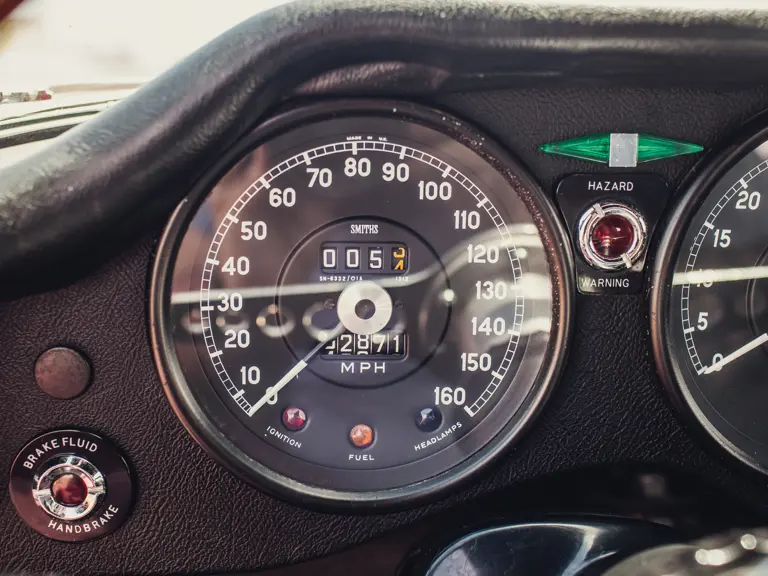
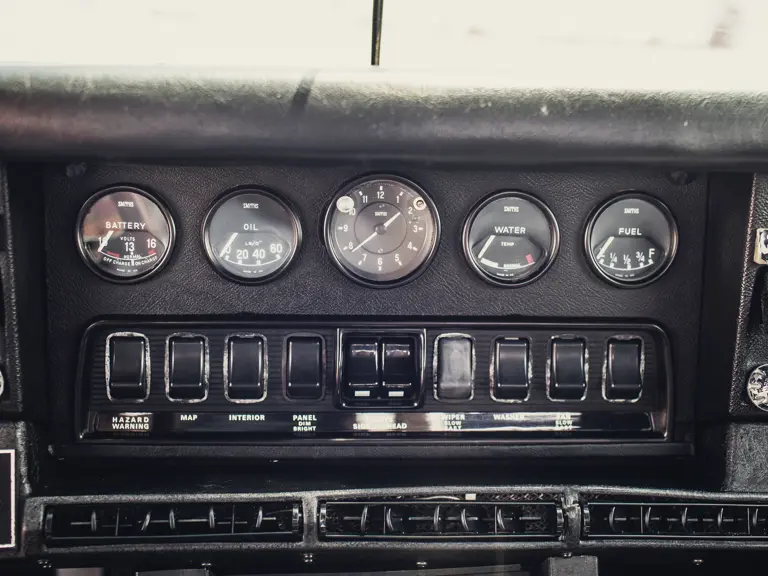
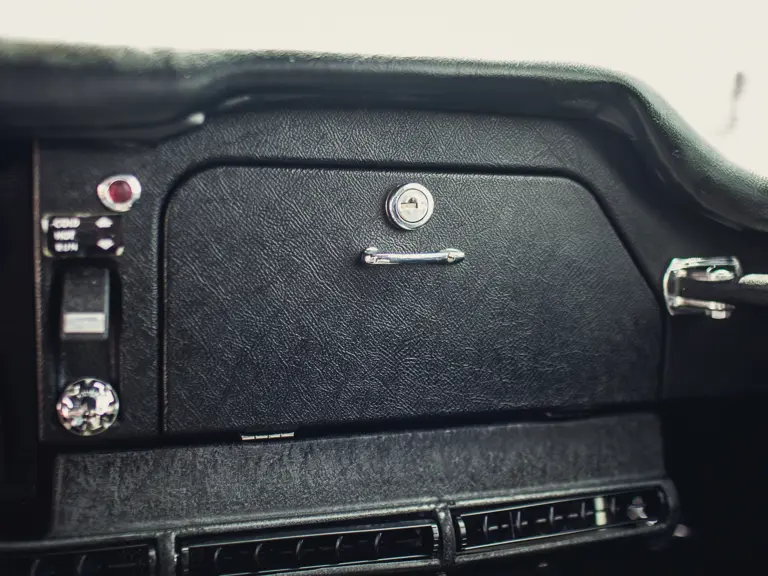
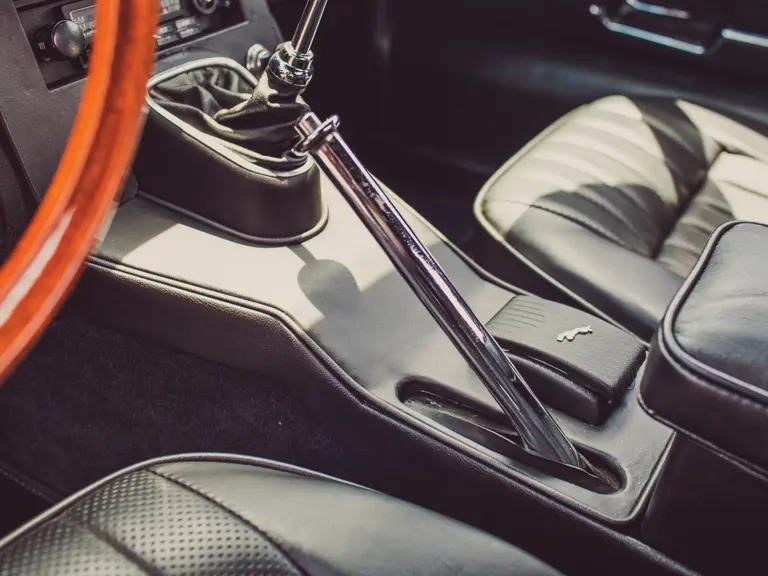
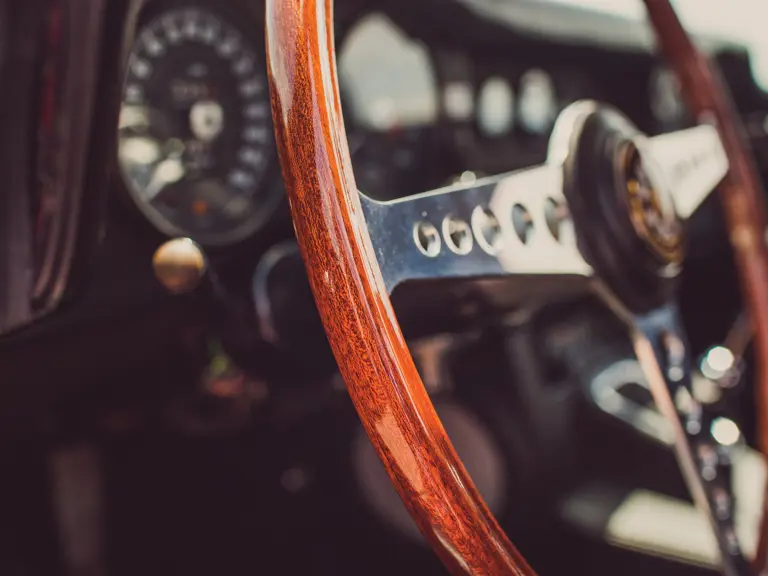

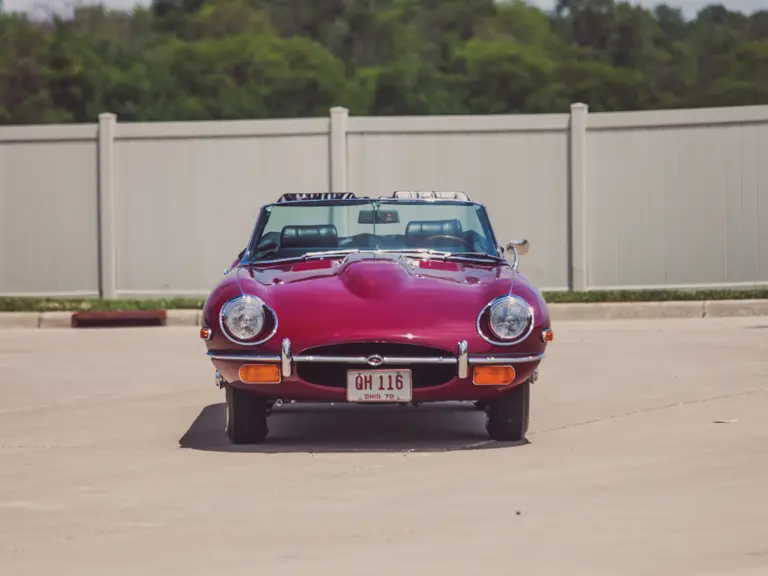
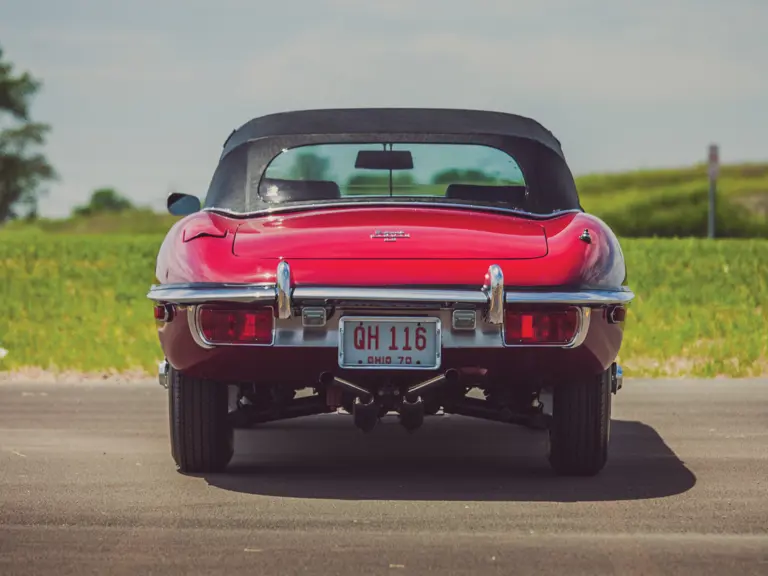
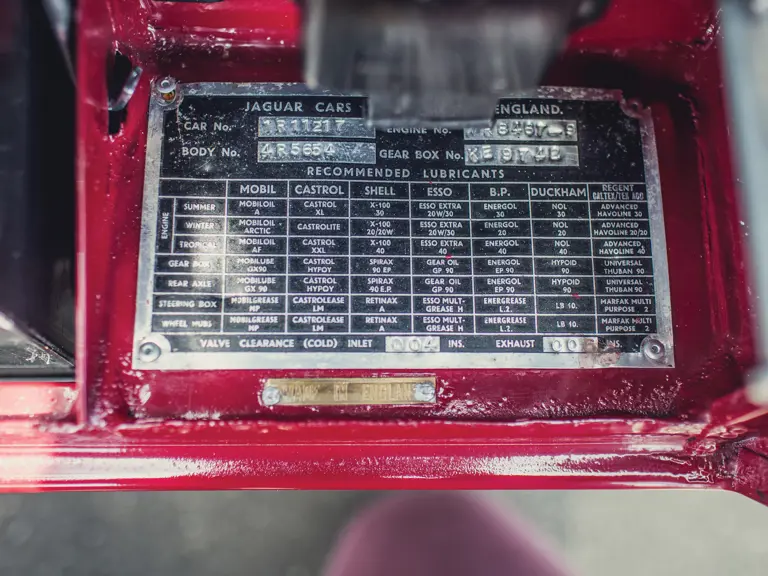
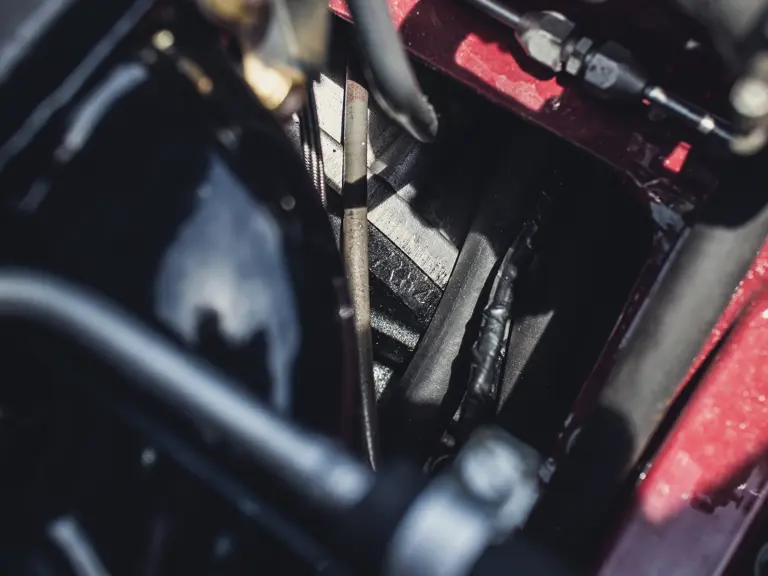
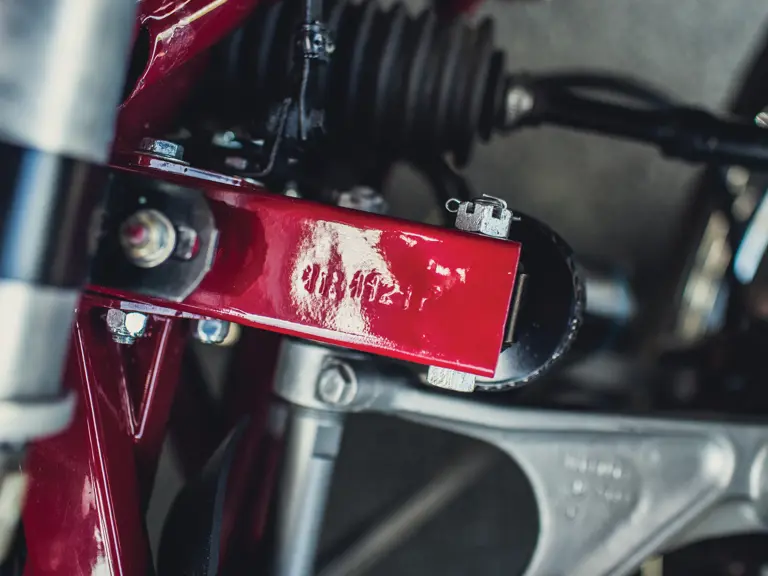

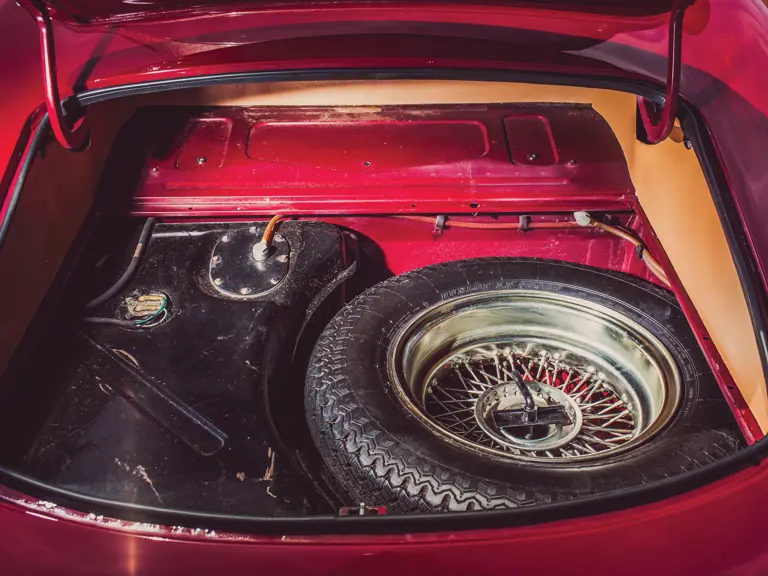
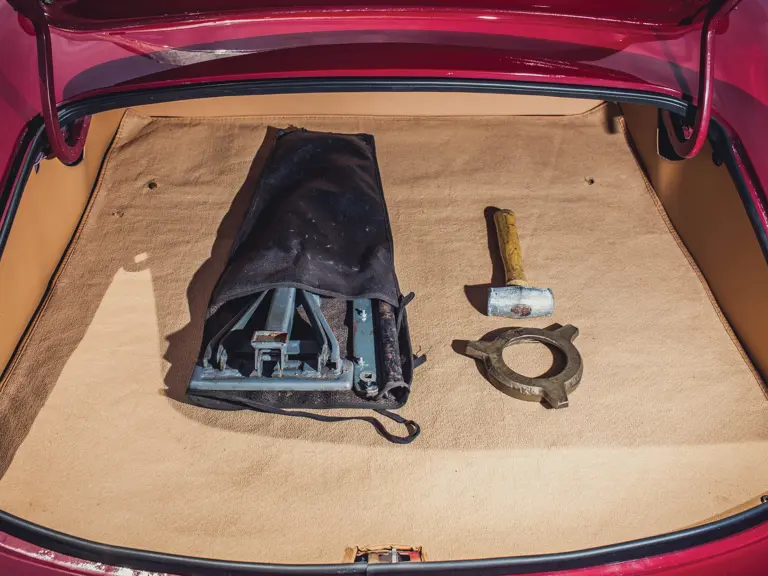
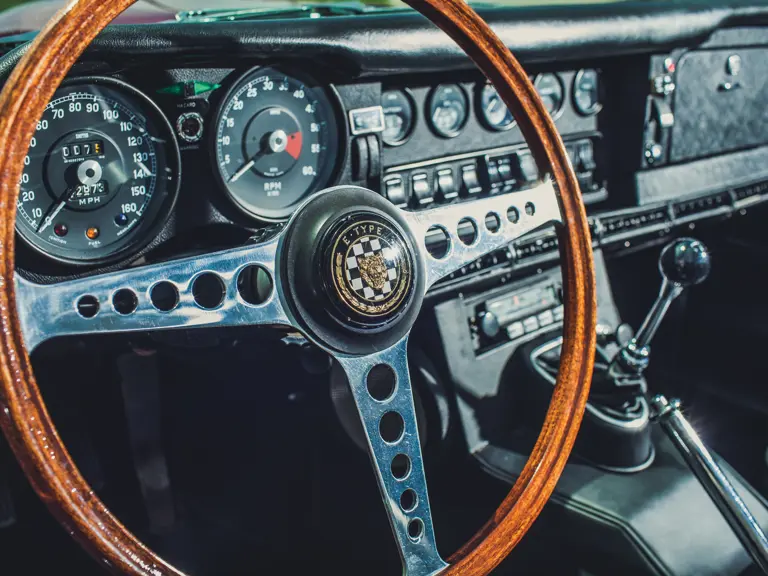
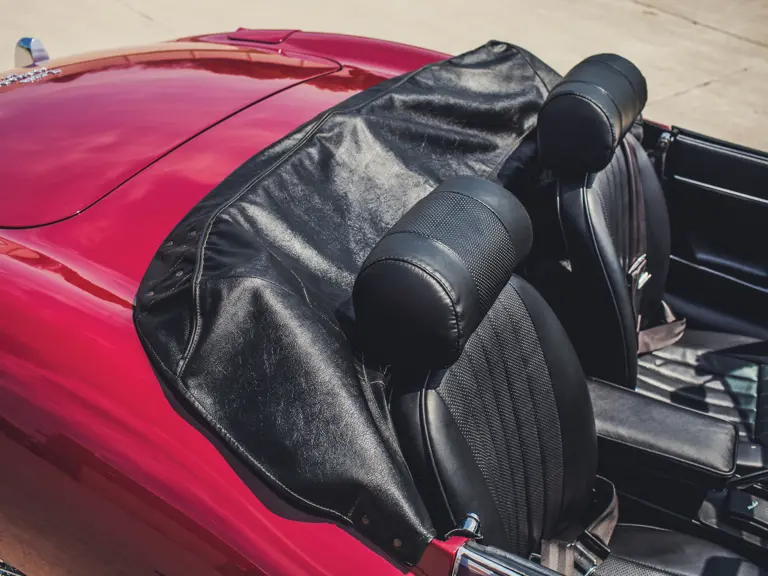

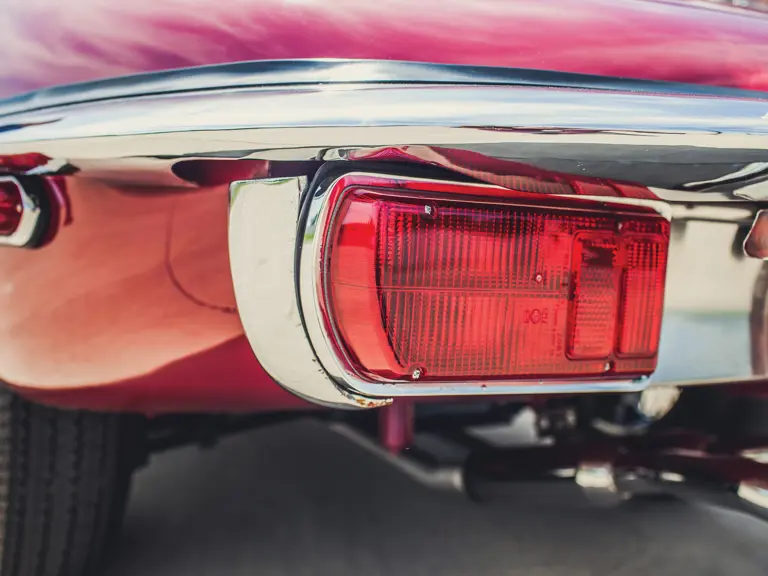
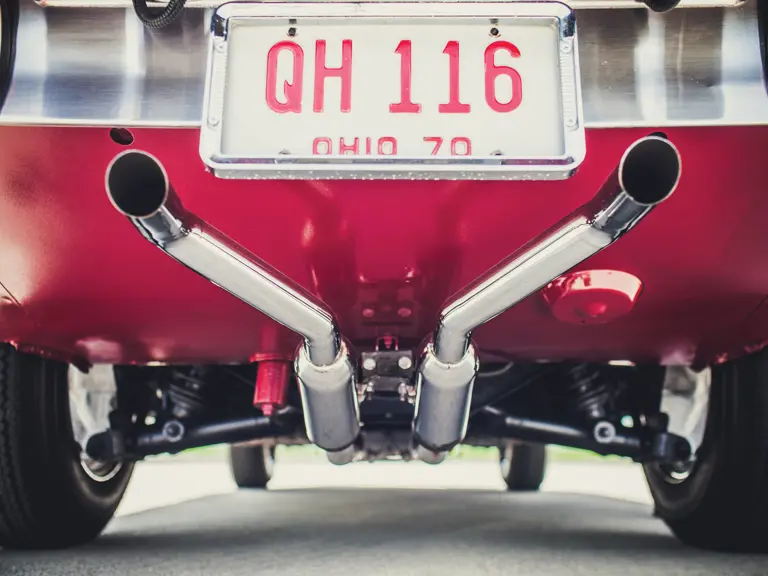

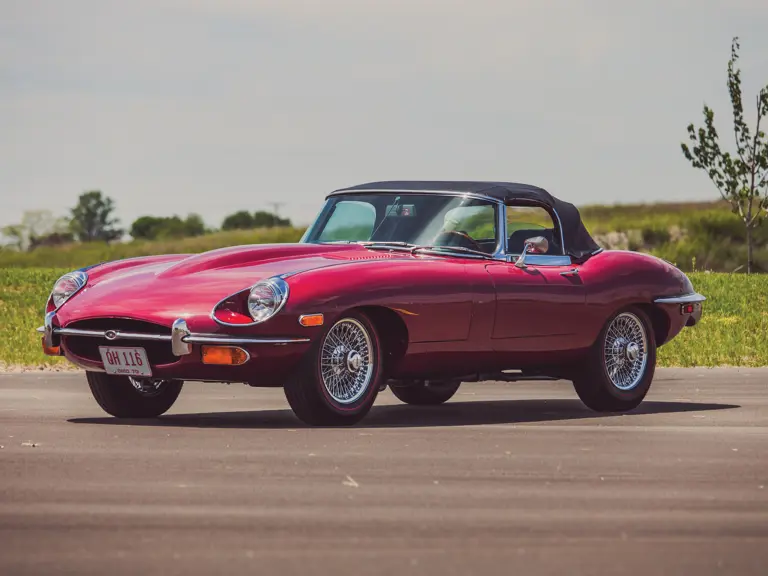

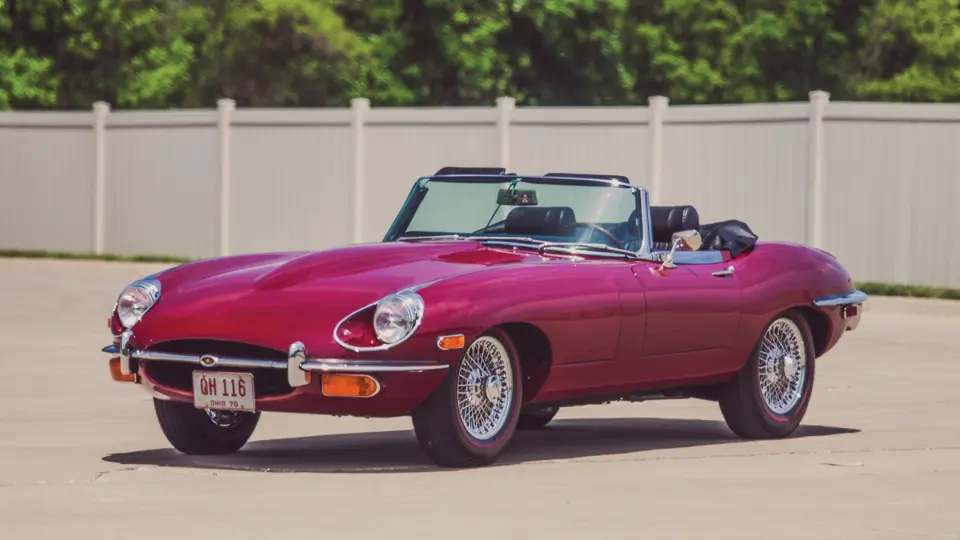
 | Plymouth, Michigan
| Plymouth, Michigan
